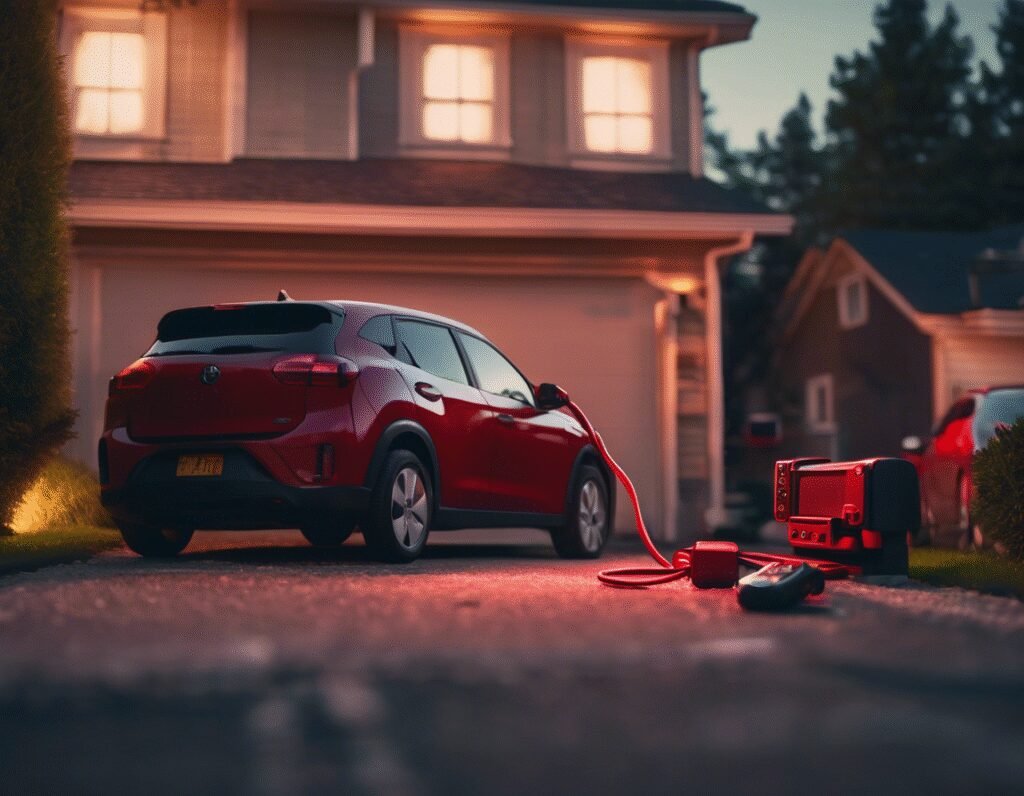The Perfect Time to Buy a Cheap Used EV
Early this summer, my wife and I had an inconvenient realization. We needed to be in two places at once. Doctor appointments, day camp pickups, and conflicting birthday parties made it clear. We needed another car. A big new purchase felt unjustifiable with uncertain costs ahead, and my search for an affordable used Prius was strangely fruitless. As it turns out, now might be the best time to grab a used EV.
During my search, I saw BMW i3s and VW e-Golfs selling for around 15,000 dollars. These are more fun to drive and have better tech than older Prii. Couple those low prices with the soon-to-be-expired EV tax credit, which can get you up to 4,000 dollars off certain used EVs and plug-in hybrids, and some cars could cost 10,000 dollars or less. I could not find a decent 2015 Prius below 17,000 dollars.
Long story short, I settled on a boring-yet-secretly-fun option. A 2018 Nissan Leaf. It has a range of 150 miles and a hatchback design. It accelerates quickly, is engaging to drive, and has premium leather seats, radar-assisted cruise control, and a decent Bose speaker system. Not bad for something close to 15,000 dollars with only 33,000 miles.
Even though it is worth far less than our stately Volvo XC90, I genuinely have more fun zipping around town in the Nissan Leaf. There is the magic of instant torque from its electric motor, the convenience of one-pedal driving, and its cherry red paint lets me pretend I am having a mid-life crisis. Plus it fits a large toddler car seat and a booster, and has enough trunk space for massive grocery hauls. Thank goodness I did not get a Prius.
Why are used EVs so cheap? Many EVs just do not hold their value. You can blame fast-evolving EV components and consumer uncertainty for that. But that also means you can find gently used models for far less than their list price. If I was less responsible, I would absolutely consider a recent Hyundai Ioniq 5 for around 25,000 dollars. It is well-reviewed and looks like an 80s retro-future hatchback.
You can find even deeper discounts for less popular cars, like the Polestar 2. That luxury EV started at 61,000 dollars at launch, but now it is easy to find used Polestar 2s for around 25,000 dollars.
No matter which used EV you are looking at, be sure to check its battery health level. Most early EVs relied on air cooling, and their chemistry is not as advanced as modern cars, which means degradation can be common. You can typically find a battery health indicator in the car settings, but OBD sensors and apps may provide a more accurate sense of their longevity.
The Biden-era EV tax credit can also shave off up to 4,000 dollars from select used EVs, but thanks to recent legislation it is likely to be discontinued at the end of September. I have seen some dealers highlight cars eligible for tax credits. Just be sure to check the IRS requirements. The used vehicle credit is restrictive. It only applies to individuals earning less than 75,000 dollars and married joint filers earning under 150,000 dollars. Qualifying EVs have to be priced under 25,000 dollars and must be 2023 models or older. You also have to buy from a dealer. Personal sales do not apply.
One major reason older EVs are cheaper is their relatively low driving ranges. My 2018 Leaf tops out at 150 miles. Those numbers are a long way off from the 300-miles we expect from new EVs, but I would argue the shorter range is not a huge deal for many people. Data tells us that 95 percent of trips cover less than 31 miles, and the average driver travels 37 miles per day. That makes low-range EVs ideal as secondary vehicles for local driving.
Between errands, I rarely drive more than 20 miles a day. That typically eats up only 10 to 15 percent of charge. Now I will not deny that you would not want to go road tripping with a low-range EV. Low-range EVs are not for everyone. But if that is your worry, I would recommend avoiding the cheap sub-15,000 dollar used EVs. You will find plenty of models with bigger batteries near 25,000 dollars.
Charging might be easier than you think. If you can string a power cord outside, you can easily trickle charge an EV. For moderate drivers, that may be all they need. If I plug in my Nissan Leaf at 5PM, it can typically charge up by 40 percent by 8AM. Of course, things become more complicated if you need faster charging. At that point, you will have to seek out a public charger or get a Level 2 charger installed at home.
From what I have seen, many people are just hesitant to break their existing habits. If you can install a Level 2 charger in your garage, it is not especially difficult. And EV chargers are popping up in shopping centers everywhere.
In my case, I am perfectly fine running a basic charger to an outlet near my front door. I do plan to get a Level 2 charger installed eventually. It will make testing EVs easier, and I can prepare for a more spacious family EV to replace our gas guzzling SUV.


